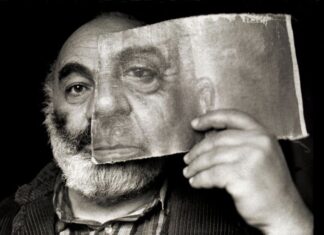By Aram Arkun
Mirror-Spectator Staff
NEW YORK — Robert Gregory Bedrosian worked for some two decades as a computer programmer in Manhattan, making good money in the heyday of this profession.
He also has created one of the most important English-language websites on Armenian history — an Internet site containing a large number of translations of Classical Armenian authors, as well as some original studies and commentaries by himself and other contemporary scholars. What led Bedrosian to live a double life, and what is this website all about?
Bedrosian was born in Long Branch, NJ in 1949, and grew up in the Boston area. His father’s family was made up of Genocide survivors who lost all they had in Cilicia and came to the United States in poverty. Naturally, this affected their offspring. As Bedrosian described it for this article: “All the time my father was raising me I heard about the Genocide. Every holiday when his siblings came to dinner, the Genocide was seated at the table. I remember them crying and shouting and generally going crazy. This wasn’t a
one-time scenario. It went on from earliest childhood until my father, aunt and uncles died. He [Bedrosian’s father] was greatly interested in justice for the Armenians and he was always pointing out events from Armenian history.”
Western Armenian was Bedrosian’s first language. His parents deliberately and consciously spoke it at home. Bedrosian reminisced: “I can remember when I started kindergarten, the teacher complained to my mother that I was mixing ‘strange’ words in my conversation. While in grammar school, I was sent to Armenian school on Saturdays — for years.”
Eventually, when he became 11 or so, like many other children placed in this type of demanding position, he rebelled and did not want to have anything to do with Armenia, the Armenian language or Armenians.









